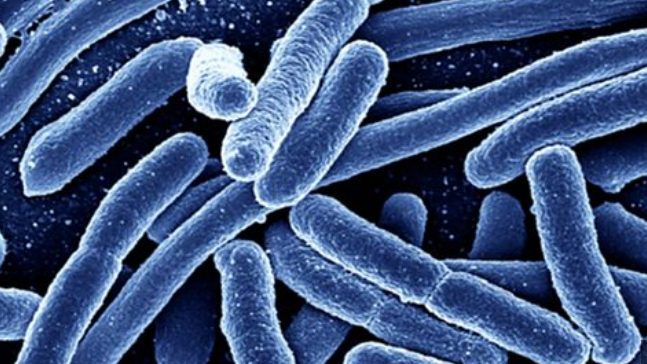pharmocology
Cards (41)
- What is the main focus of the NU1303 course?
- What are the stages of pharmacokinetics that students will explore in this course?
- How can the principles of pharmacology be applied in nursing practice?
- What health issues is Sarah experiencing?
- What lifestyle factors contribute to Sarah's health issues?
- How does Sarah's consumption of sugary snacks affect her energy levels?
- What is the definition of absorption in pharmacokinetics?
- What are the common routes of drug administration?
- Why do we administer medications through different routes?
- What is the first pass effect in pharmacokinetics?
- What is drug distribution in pharmacokinetics?
- What factors can affect drug distribution?
- What is the primary organ responsible for drug metabolism?
- What are the two phases of drug metabolism?
- What are metabolites?
- What factors can affect drug metabolism?
- What is the primary organ responsible for drug excretion?
- What is drug clearance?
- How does renal clearance influence drug half-life?
- What can happen if a drug is not excreted efficiently by the kidneys?
- What are the routes through which drugs can be excreted?
- What is pharmacodynamics?
- What is an example of a drug that acts as an osmotic laxative?
- How does Magnesium Citrate work?
- What is the role of receptors in pharmacodynamics?
- What is an example of a drug that inhibits an enzyme for a desired effect?
- How do MAOIs affect serotonin and dopamine levels?
- What is the function of Naloxone?
- How do beta blockers affect heart rate?
- What do calcium channel blockers do?
- What is the difference between potency and efficacy of a drug?
- What resources are available for further learning in pharmacology?
- Administration
